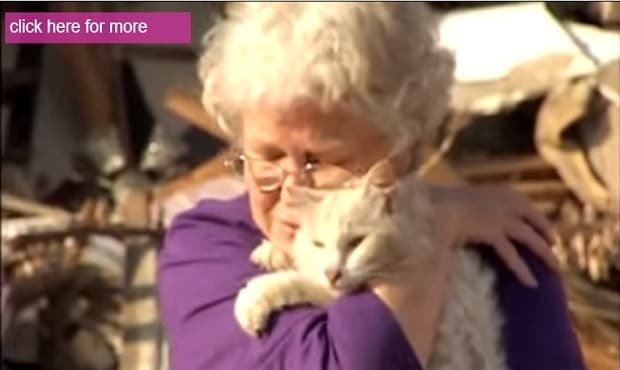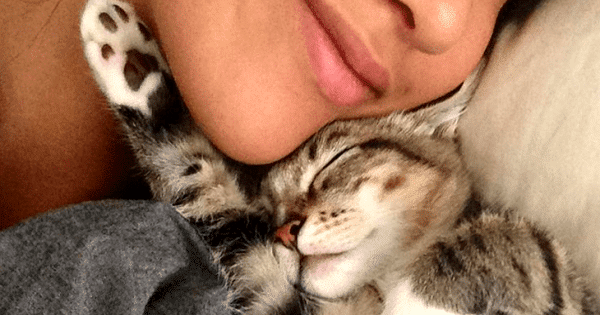BLACK MOUNTAINS, UTAH – Just about about a month ago, Mary Soyenova’s cat’s doctor noticed something unusual for this time of year — the evidence of fleas.
Freddie — Soyenova’s cat — has had a skin problem for many years, one that has meant several visits to the veterinarian. An “itchy” cat even now at times, Freddie was back at the doctor’s several week’s ago when she — the vet — noticed evidence of fleas which should have not been there since it is in fact, winter.
“I was shocked,” Soyenova said. Fleas, in winter? Absolutely!
This spring-like winter has caused flea infestations for more than a few dogs and cats in the Swannanoa Valley.
Robin Howie, a veterinarian at Swannanoa Valley Animal Hospital, said she is seeing more flea infestations than ticks this winter.
“It has been so warm they haven’t died off,” she said. “They are also hanging around longer because they have developed more resistance to some of the older products that are no longer effective in killing them. We have new generation products that are safer for pets than the older ones, which relied heavily on insecticides. The new products are comparable in price to the older ones.”
Dogs and cats are healthier if they remain on flea prevention medication year-round and not just in late spring and summer, Howie said.
Home environments are healthier if animals do not have fleas. Like their pets, some people are more sensitive to flea bites than others are. Some people can even develop allergic reactions.
“Breaking the life cycle of a flea can take as long as three months, and that is with medication,” Howie said. “You have to treat the animal and the environment, because fleas don’t live on dogs and cats all the time. Carpets, bedding, and upholstered furniture are places that fleas like to live. Humans can transport fleas inside on shoes and socks.”
Fleas are not just a nuisance to dogs, cats and humans — they can cause serious medical problems.
Fleas are also well-known to be carriers of bubonic plague.
Fleas can also give a cat worms if the cat ingests the fleas while grooming and that in and of itself can cause an avalanche of illnesses for cats.
In 2015 the Center for Disease Control and Prevention reported 15 cases of bubonic plague in the U.S., with a total of four deaths.
Common carriers of the fleas that transmit the disease are rats, squirrels and also chipmunks.
Forf some pet parents, leas are an ongoing battle.
“Although you may kill the fleas, you may also be leaving some flea eggs that hatch. And the cycle starts over again,” Howie said.
But fortunately, fleas haven’t been bad for everyone — or every pet — in the Valley.
Joan Hambor, professional dog groomer in Swannanoa, said she doesn’t see many fleas on any of the dogs she grooms on a regular basis.
“Pet owners who have their dogs groomed frequently seem to keep their pets on flea and tick preventative medicines,” she said. “I rarely see a flea or tick, and this winter is no different from others.”
Joe Laudenslayer said his dog Maddy, a Carolina Dingo, has had neither fleas nor ticks this winter. Maddy is protected by a once-a-month pill which prevents fleas, ticks and heart worm. Maddy, an inside-outside dog, has a territory of 10 acres to explore.
“I feel fortunate that she hasn’t come home with fleas or ticks,” Laudenslayer said.










